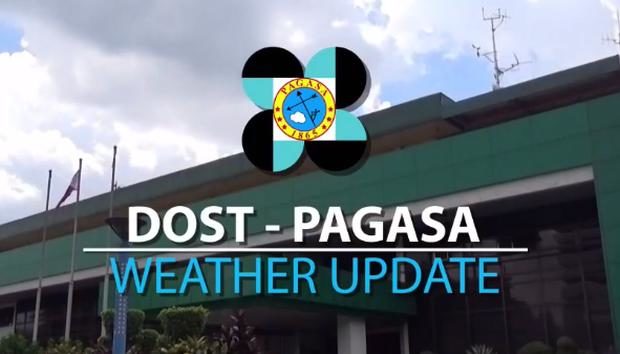Typhoon Kiko to cross extreme N. Luzon Friday night; higher signal warning possible — Pagasa
MANILA, Philippines — Typhoon Kiko is expected to cross the extreme northern Luzon area by late Friday night, state meteorologists from the Philippine Atmospheric, Geophysical and Astronomical Services Administration (Pagasa) said.
Pagasa’s updates on Friday showed that Kiko is still hovering over waters east of Cagayan Valley, at a distance of 190 kilometers east of Aparri, Cagayan.
Kiko re-intensified, now packing maximum sustained winds of 215 kilometers per hour (kph), and gustiness of up to 265 kph. It is currently moving northwest at a speed of 15 kph.
Due to this, senior weather specialist Chris Perez said that more areas may be placed under a tropical cyclone wind signal — or even a higher wind signal — as the typhoon comes closer to the eastern and northern landmass of the Philippines.
Only the northeastern portion of Babuyan Group of Islands is under Tropical Cyclone Wind Signal No. 4.
Article continues after this advertisement“At gaya nga ng binabanggit natin no’ng mga nagdaang araw, habang lalapit ang bagyong si Kiko posibleng madagdagan ang mga lugar na may warning signal o di kaya’y magtaas pa ng mas mataas na tropical cyclone wind signal,” Perez said.
Article continues after this advertisement(Just like we have mentioned the past few days, as Typhoon Kiko nears the landmass, more areas may be included in warning signals, aside from the possibility of raising higher tropical cyclone wind signal warnings.)
Meanwhile, the following areas are under Signal No. 3:
extreme northeastern portion of Cagayan
rest of Babuyan Islands
Batanes
Signal No. 2:
Northern, central, and eastern portions of mainland Cagayan
Northeastern portion of Isabela
Northeastern portion of Apayao
Signal No. 1
rest of mainland Cagayan
Eastern portion of Ilocos Norte
rest of Apayao
Northeastern portion of Kalinga
Eastern portion of Mountain Province
Northeastern portion of Abra
Northwestern and southeastern portion of Isabela
Northern portion of Aurora
Pagasa expects Kiko to move over the coastal waters of Itbayat, Batanes on Saturday afternoon, but there is still a chance that the typhoon would veer south a little bit and hit either the northern part of Cagayan or Batanes.
As such, Pagasa warns areas near Kiko to prepare for a landfall scenario, aside from possible flash floods and landslides, even if the latest forecasts do not show the typhoon hitting land.
By Sunday afternoon, it would have continued moving north to the waters east of Taiwan. It would then leave the Philippine area of responsibility between Sunday night and Monday morning.
Pagasa said that heavy to intense with at times torrential rains may occur in the northeast portion Cagayan including Babuyan Islands in the coming hours. Meanwhile, heavy to intense rains would be felt in the northern part of Isabela and the rest of Cagayan.
There would also be moderate to heavy rains with intense rains over Ilocos Region, Cordillera Administrative Region, northern and central Aurora, and the rest of Cagayan Valley. Pagasa also reminded people living in coastal areas about the possibility of storm surges due to strong waves and winds brought by the typhoon.
Sea travel is also not advised for areas under various tropical cyclone wind signals as waves may range from 2.5 meters to as high as 10 meters.
